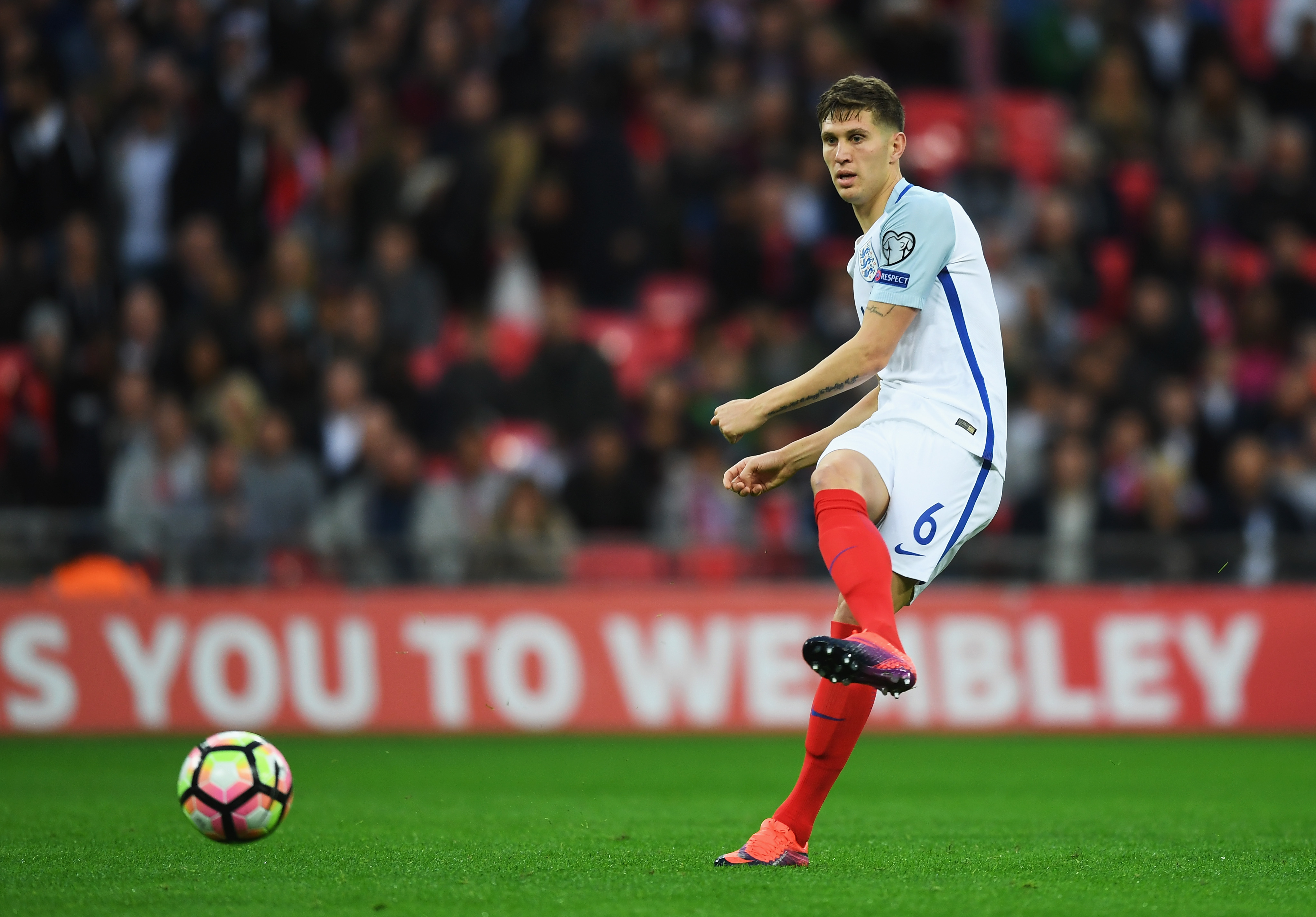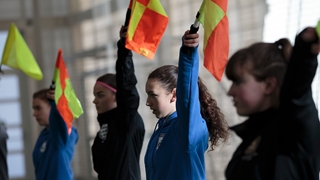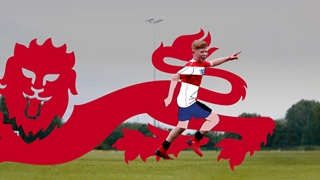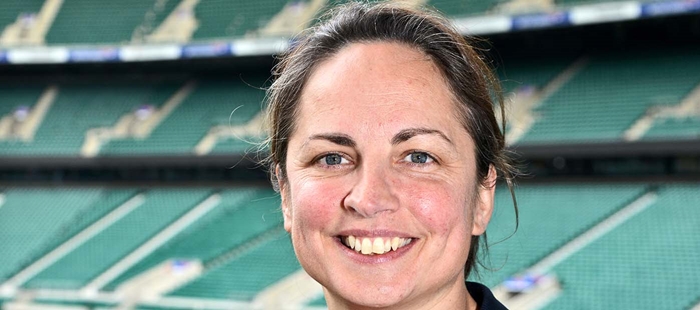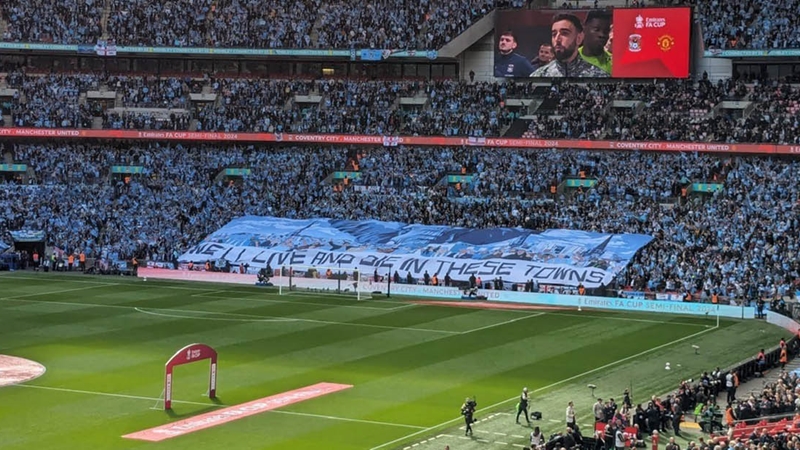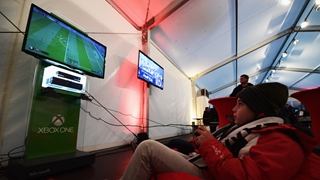
Creative ways to use the popular football video game to connect with young players.
This Christmas many of the players we coach will enjoy playing the newly released FIFA 17 video game.
Parents will battle with their children, bargaining and arguing about how long they can play for, and at what time of day.
Although some may be sceptical about too many hours in front of a screen, the careful design of video games also provides high potential for learning.
Playing video games tends to be so enjoyable that people view video games as a form of entertainment rather than education – but there are many hidden benefits.
Video games have the ability to place people into the state of ‘Flow’ - a psychological state that boosts learning and performance.
This ‘Flow Zone’ is characterised as a state in which someone is completely immersed in the activity, and thoroughly enjoying the process of the activity (intrinsically motivated).
As a concept, it was first shared by Hungarian psychologist, Mihály Csikszentmihályi, in the 1970’s, who found that the feeling of flow is dependent on three conditions:
- The activity has a clear set of goals
- Clear and immediate feedback provided
- Person must have confidence in their own ability to meet goals of the activity
These conditions are common of video game design. And as grassroots football coaches, there is an opportunity here for us to harness our players’ engagement with FIFA 2017to help them to learn more about the game of football.
Digital Coaches
To do that, the following may be helpful when attempting to link learning from FIFA 2017 to your team’s training sessions or matches:
- Set tactical challenges - use learning focus of the training session to devise specific challenges for players to focus on when playing FIFA 2017.
For example, if the learning focus of training is ‘positive and enthusiastic defending’, the FIFA 2017 challenge could be to ‘try and prevent Messi from dribbling’.
To support the player during their FIFA 2017 challenge, request that players jot down their progress in the challenge as it happens. An advantage of football video games, compared to physical football is that players have a PAUSE button - they can use this to their advantage in order to spend time explicitly reflecting on their learning.
- Multi-player (with team mates) - organise your team into two smaller sub teams, so they work collaboratively to outwit their opponent in a FIFA 2017 game.
Ask each sub team to develop an ‘in possession’ and ‘out of possession’ strategy, which they can present at training, prior to their FIFA 2017 game.
At the next training session, each sub team can then present how their strategy developed or changed during game play, and why.
- Select a particular FIFA 2017 character - for the next training session, challenge players to extend their commitment to the character, on to the pitch.
A player might choose to be John Stones on FIFA 2017, so at training encourage the player to play like John Stones. This will encourage them to reflect on and explore Stones’ technical, tactical, psychological, social and physical attributes.
- Arrival activity - reenact memorable moments from previous week’s experiences of playing FIFA 2017.
Set up a space on the pitch for players to share their experiences of playing FIFA 2017.
This might involve some players working in small groups or pairs to demonstrate specific plays, some players working individually to practice particular skills, or some players simply talking to one another about new problems or solutions from FIFA 2017.
Amy Price is Lecturer in Physical and Sport Education at St Mary’s University in London. Amy holds the UEFA A Licence and is an FA Coach Mentor and Level 1 and 2 Tutor.
Please note there are other football video games available on the market. FIFA 17 is used here to illustrate how young players can develop their football knowledge using video games.


